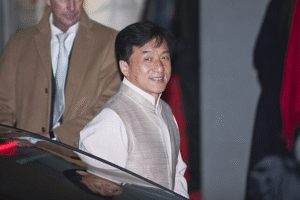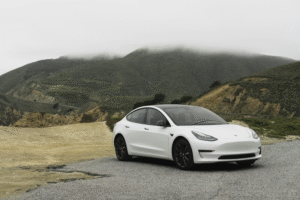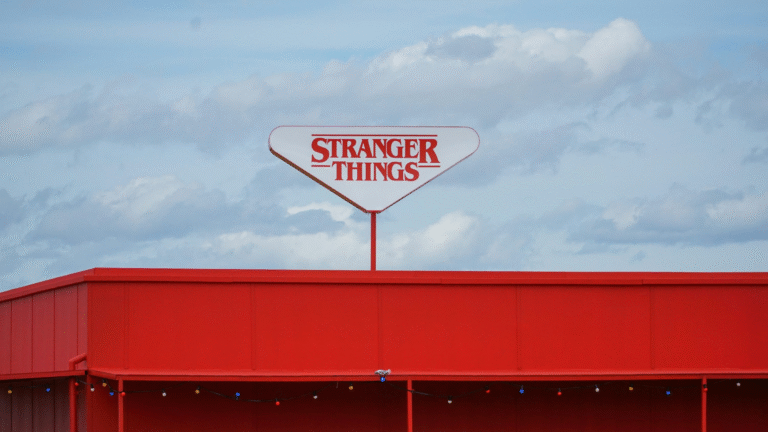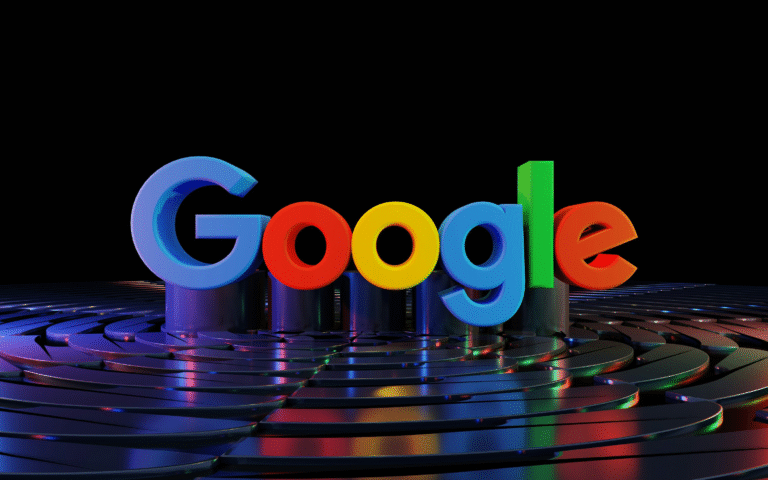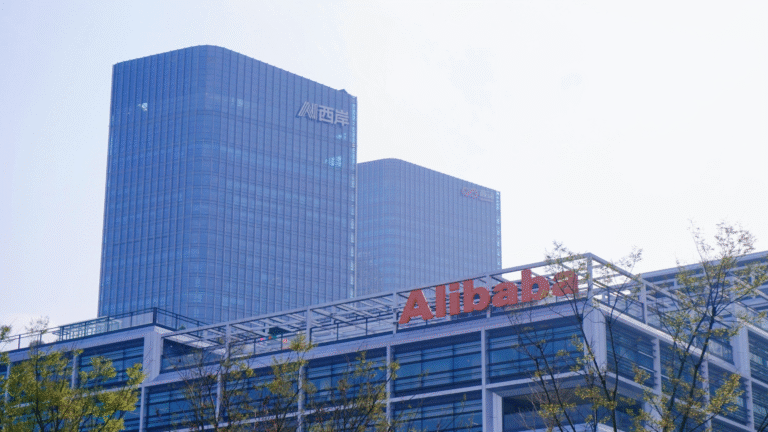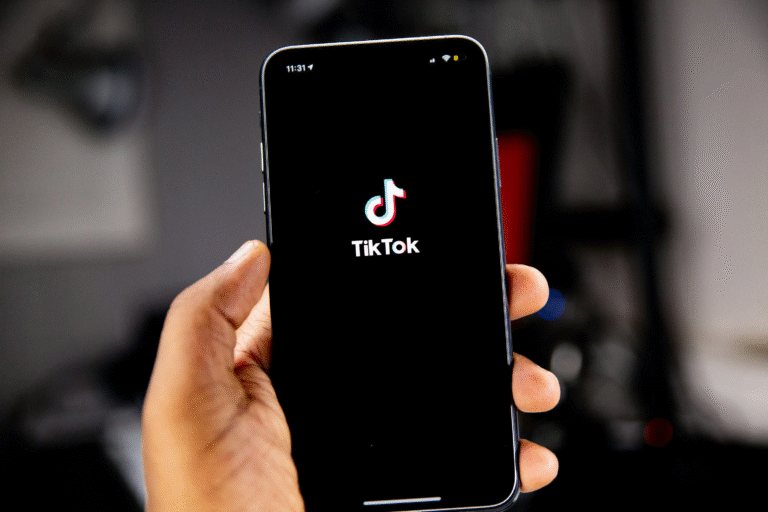The Super Bowl halftime show has long been a grand spectacle—an orchestrated display of music, choreography, and corporate sponsorship, designed to captivate even those with no interest in football. Over the years, it has given us unforgettable moments: Prince playing “Purple Rain” in an actual downpour, Rihanna making a pregnancy announcement with a squad of dancers dressed like floating sperm. However, it has rarely been a stage for serious artistic expression. Its biggest controversies—whether Janet Jackson’s wardrobe malfunction or MIA’s middle finger—have been more about shock value than substance.
That perception may have shifted with Kendrick Lamar stepping into the limelight. A Pulitzer Prize-winning rapper and one of this generation’s most thought-provoking lyricists, Lamar is known for pushing boundaries and redefining what hip-hop can be. His presence at the Super Bowl was already historic, particularly in a time when political and cultural tensions are at an all-time high. Performing in front of a president who has been vocal in his criticism of intellectualism, Black activism, and the very communities that shaped Lamar, the stage was set for something monumental before the first beat even dropped.
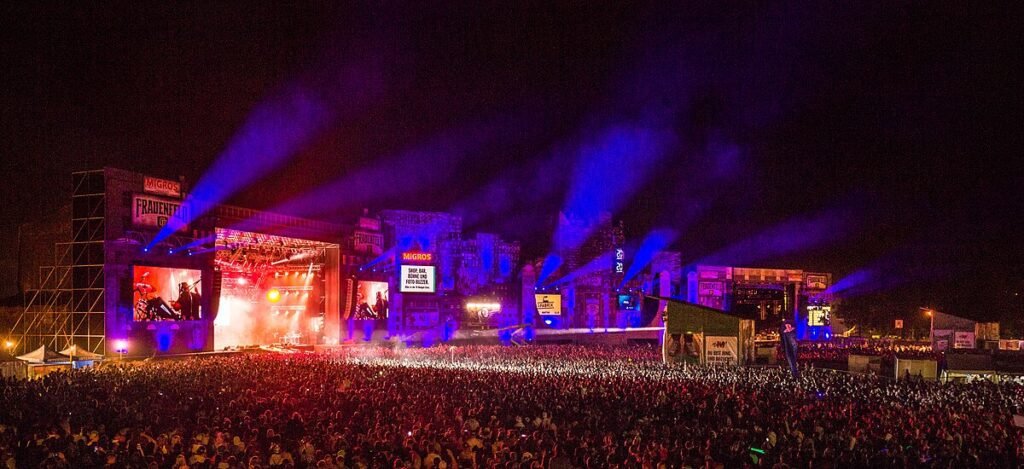
Yet, rather than making an overt political statement, Lamar chose a different path. He is at a playful-yet-dominant stage in his career now, having largely spent 2024 embroiled in an extremely publicized lyrical war with Drake. Their exchange had been building all year and resulted in “Not Like Us,” a song that spent weeks atop the Billboard charts and included incendiary charges, including one that directly accused Drake of being a predator. The song, while victorious, had an undertone of hostility that seemed at odds with the inclusive, family-friendly image the Super Bowl will eventually project. The question leading up to his performance was clear: would we see Lamar the storyteller, or Lamar the provocateur?
In the end, he gave us both. His performance was unlike any halftime show before it—esoteric, conceptual, and ambitious. It may not have been the easy crowd-pleaser some expected, but it was undoubtedly one of the most artistically bold sets the event has ever seen.
The show opened with Samuel L. Jackson taking on the role of Uncle Sam, delivering a pointed, biting critique of American culture: “It’s your Uncle Sam, and this is the great American game!” From there, Lamar emerged atop a 1987 Buick Grand National GNX, a nod to his album of the same name. Rather than launching into one of his biggest hits, he chose to perform an unreleased track, known among his fans as “Bodies.” This alone signaled that he was here to do more than just entertain—he was making a statement.
Visually, the performance was striking. Dressed in a varsity jacket designed by Martine Rose and a pair of throwback boot-cut jeans, Lamar exuded confidence. As the performance went into high gear, dancers spewed onto the stage, dressing in red, white, and blue tracksuits-a possible way to both address the patriotic scenery and an effort to unite two historically divided warring gangs: Compton’s. Then comes one of the most visually driven moments of the night: dancers-all Black-align themselves to read like the American flag. The weight of that imagery was inescapable, all the more so considering former president Donald Trump reportedly was sitting in the audience (and reportedly departed shortly afterward).
As Jackson sang out, decrying Lamar as “too loud, too reckless, too ghetto,” the set morphed into something like a Compton street corner. It was an intricate recreation reminiscent of the visually stunning stage Lamar performed on alongside Dr. Dre, Snoop Dogg, and Eminem during the 2022 Super Bowl halftime show. At times, the performance felt more like an avant-garde theater production than a mainstream musical showcase, layering complex flows with dance, spoken-word interludes, and deeper album cuts. While this made for an intellectually engaging set, it also occasionally left viewers yearning for high-energy anthems like “Alright” or “Bitch, Don’t Kill My Vibe.”
But then, everything changed. The crowd erupted when the unmistakable opening of “Not Like Us” played over the speakers. Lamar, flanked by four female dancers, teased the audience: “I want to perform their favorite song, but you know they love to sue,” a clear jab at Drake’s ongoing defamation lawsuit against Universal Music. For a moment, it seemed like he might hold back. Instead, he pivoted, performing “Luther” and “All the Stars” alongside SZA, whose soaring vocals brought a fresh dynamic to the set. As Jackson sarcastically quipped, “That’s what America wants—nice and calm,” Lamar smirked, knowing what was coming next.
Then came the moment everyone had been waiting for. With a mischievous grin, he looked directly into the camera and said, “Hey Drake,” before launching into “Not Like Us.” The stadium erupted. Though Lamar censored some of the most incendiary lyrics—likely at the request of his legal team—he left in the devastating punchline: “Tryna strike a chord and it’s probably A minor,” as massive banners showed children pointing at a lowercase “A.” As if that wasn’t enough, Serena Williams—Drake’s former flame—made an appearance, crip-walking by a lamp post in what was undeniably a final dagger.
While the Kansas City Chiefs were struggling on the field, it was clear who the real loser of the night was.
Throughout his career, Lamar has positioned himself as an observer rather than an activist. As he once rapped on “Family Ties”: “I been duckin’ the social gimmicks / I been duckin’ the overnight activists.” His Super Bowl performance stayed true to that ethos. It wasn’t a sermon, nor was it a viral stunt. It was a carefully constructed artistic statement, one that left an impression far deeper than any memeable moment ever could.
Yet, the most overt act of defiance may not have come from Lamar himself. During the performance, an unknown individual climbed onto the stage and raised Palestinian and Sudanese flags atop the Buick GNX. Whether this was an unplanned protest or a subtle message woven into the show, only Lamar knows. But that ambiguity—that ability to provoke thought while leaving room for interpretation—is what makes him the artist he is.
This wasn’t just another halftime show. It was a cultural moment, a reminder of why Kendrick Lamar remains one of the most compelling figures in music today. And for Drake? Well, let’s just say the Super Bowl scoreboard wasn’t the only place where the numbers weren’t in his favor.


